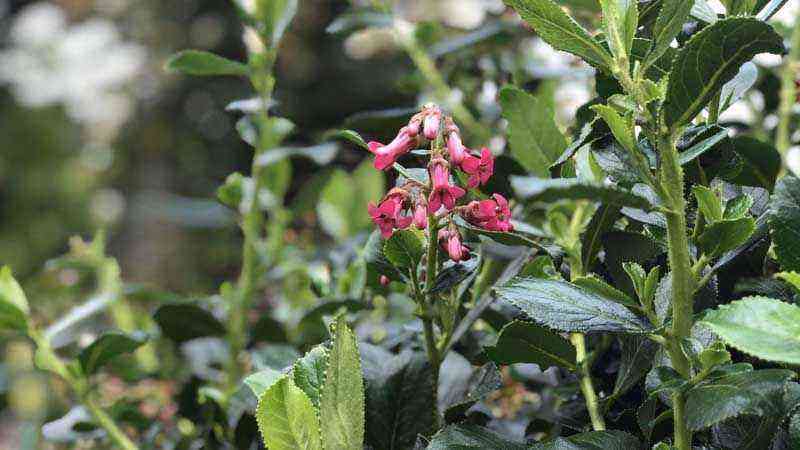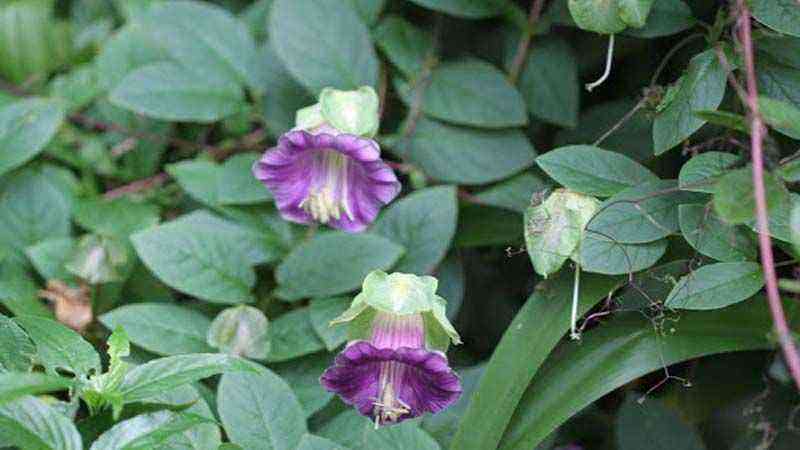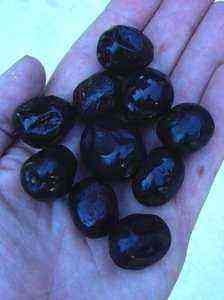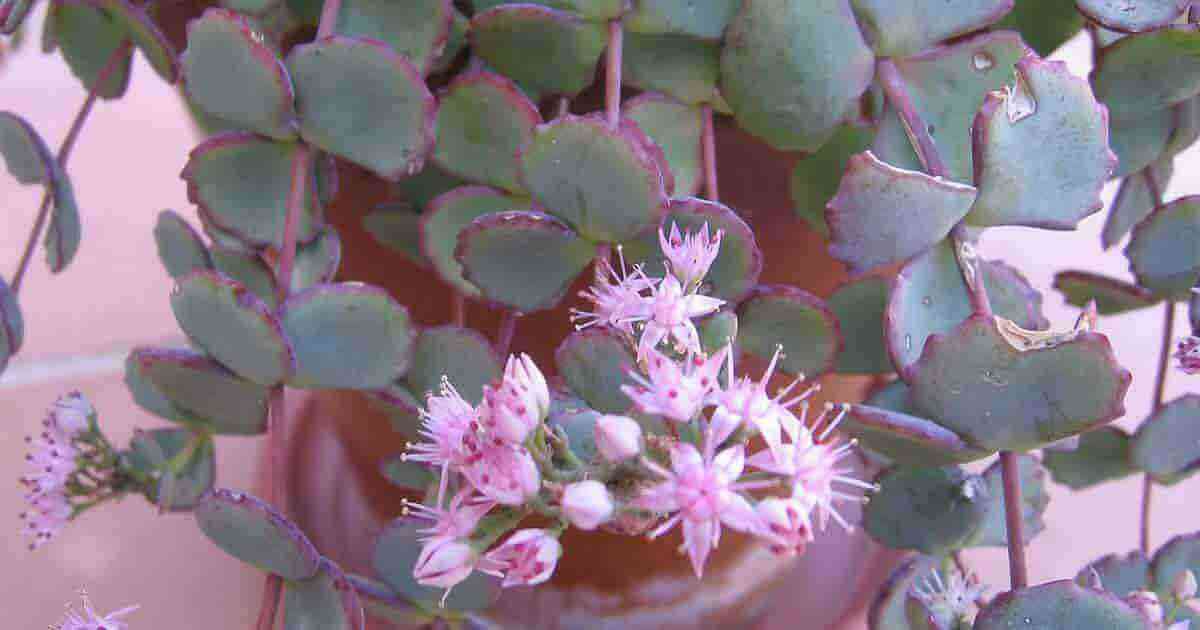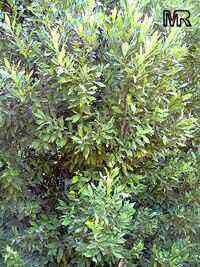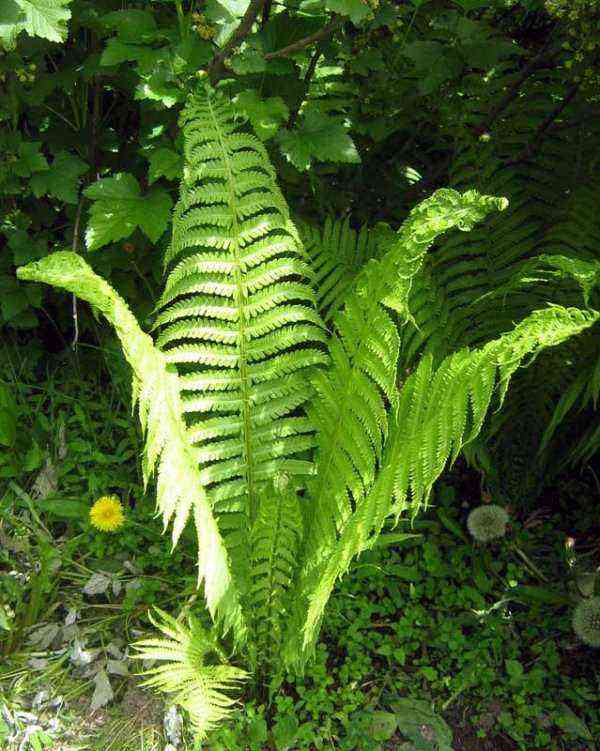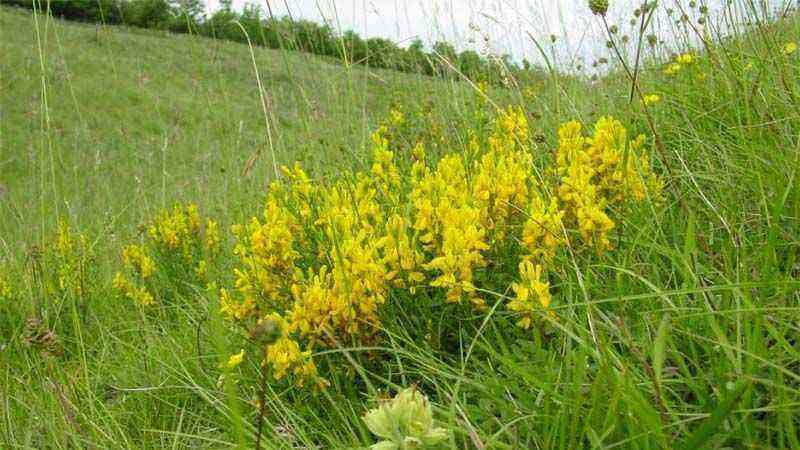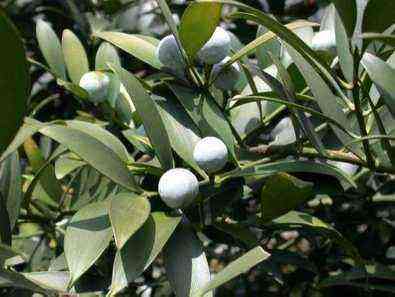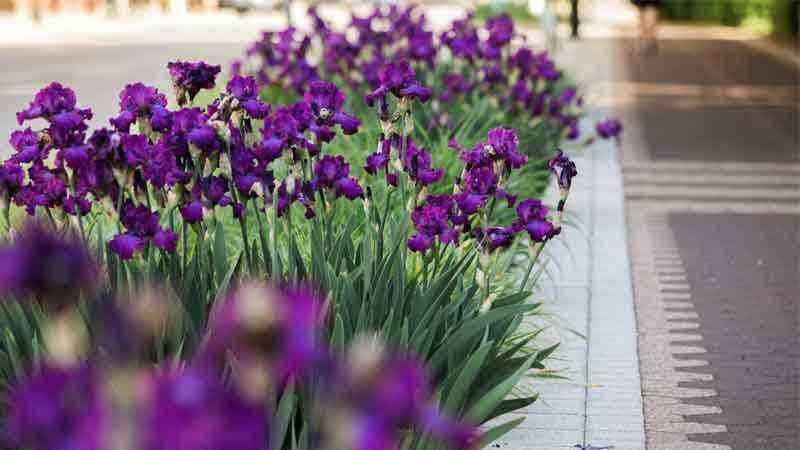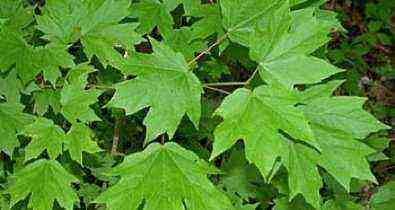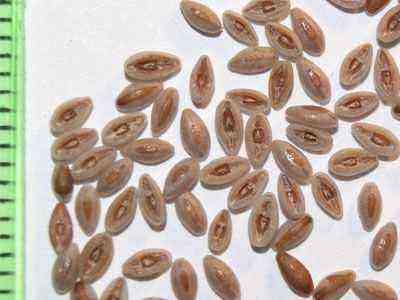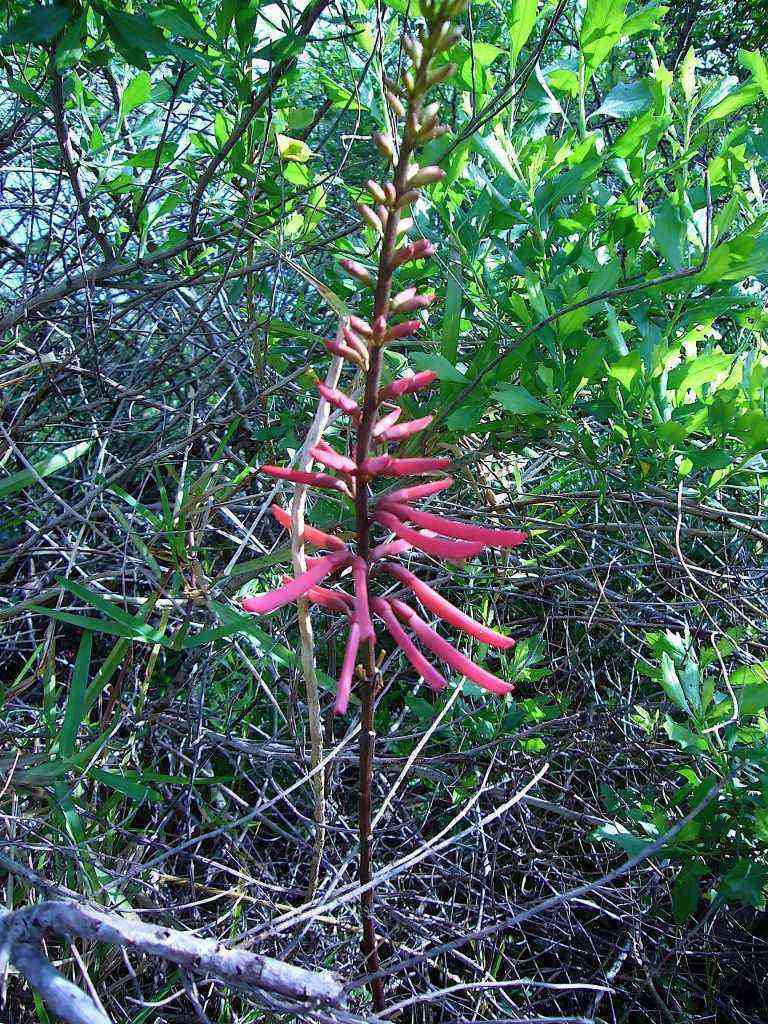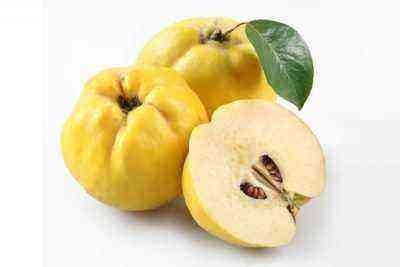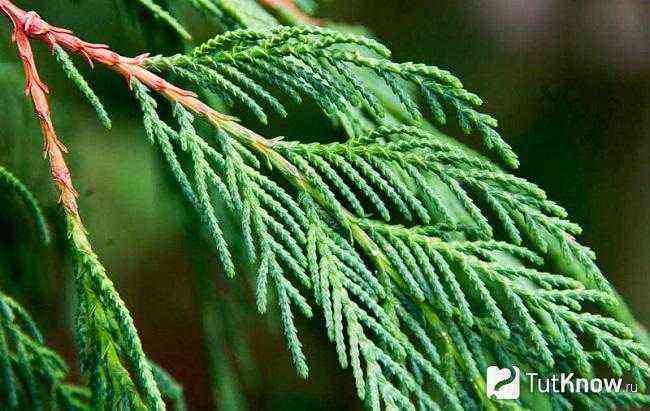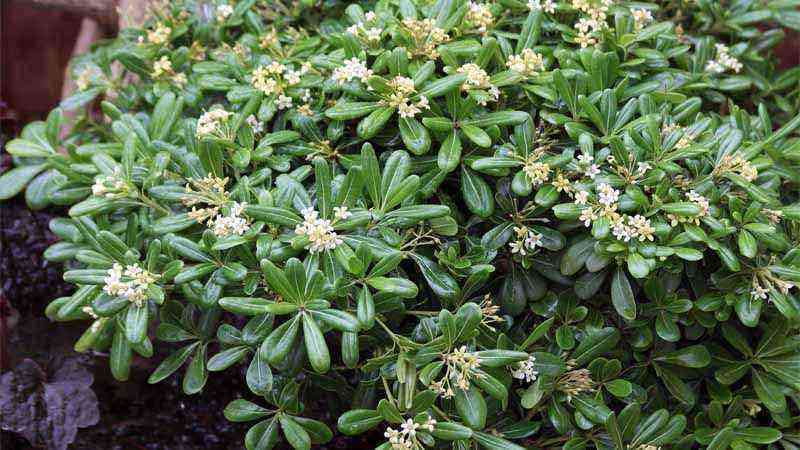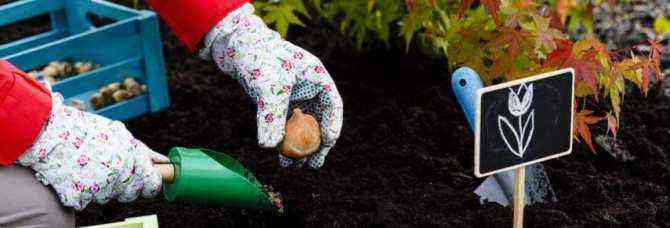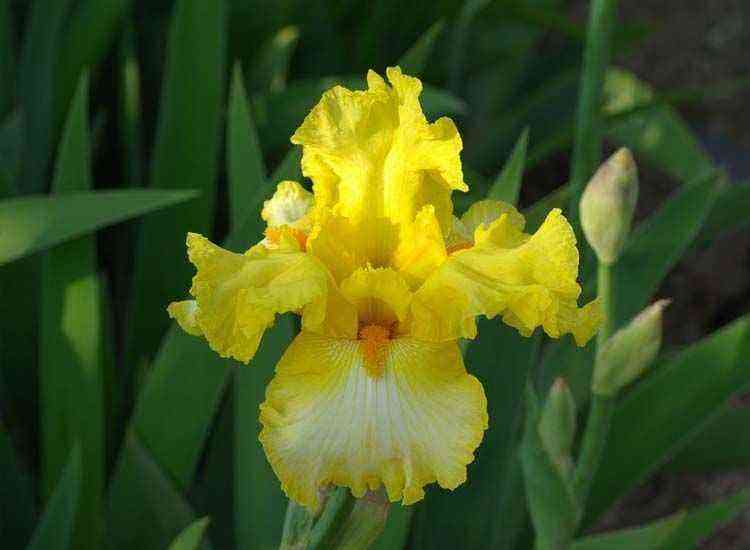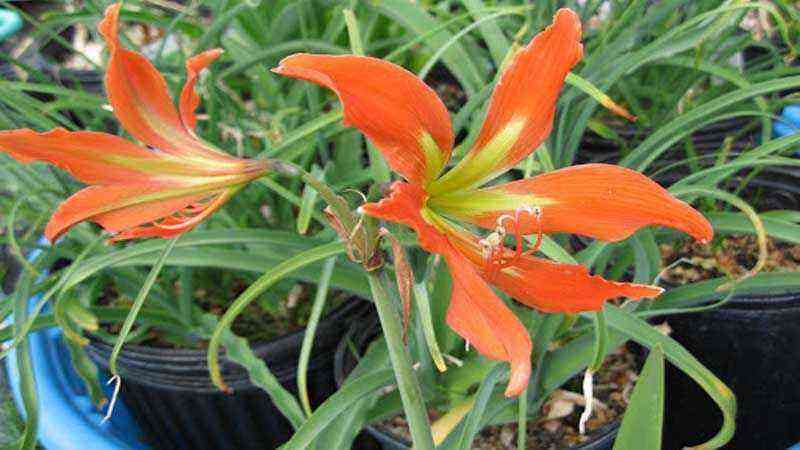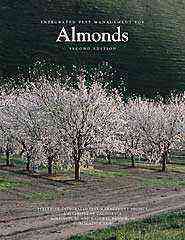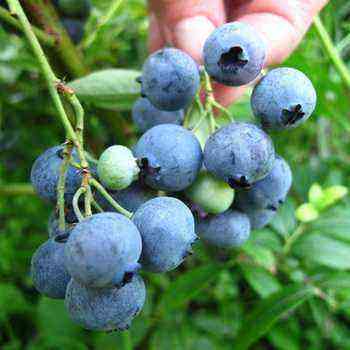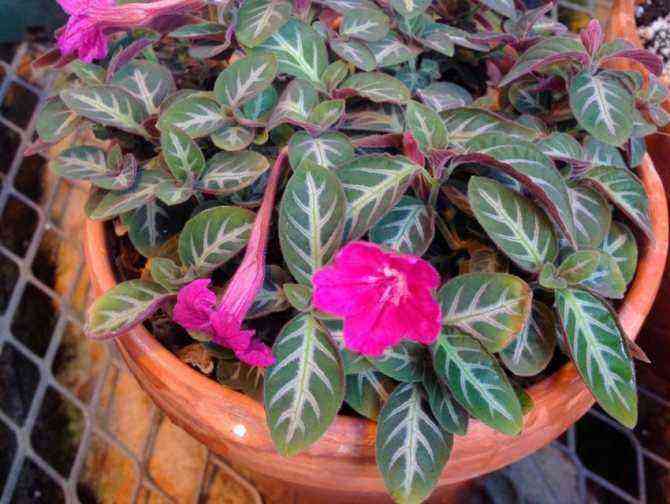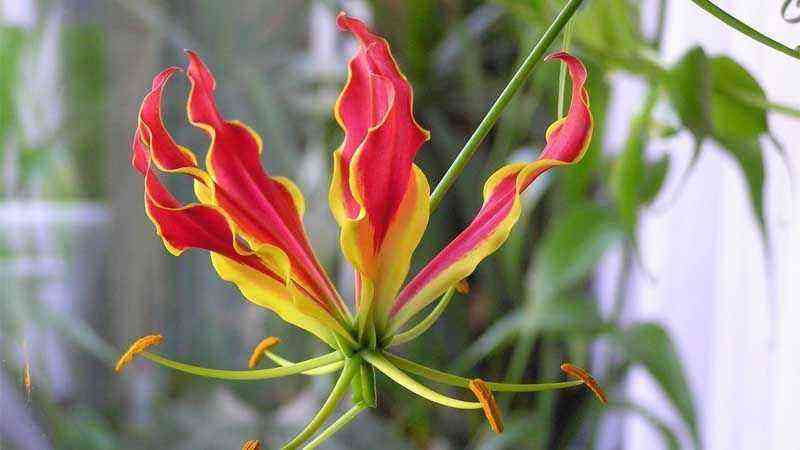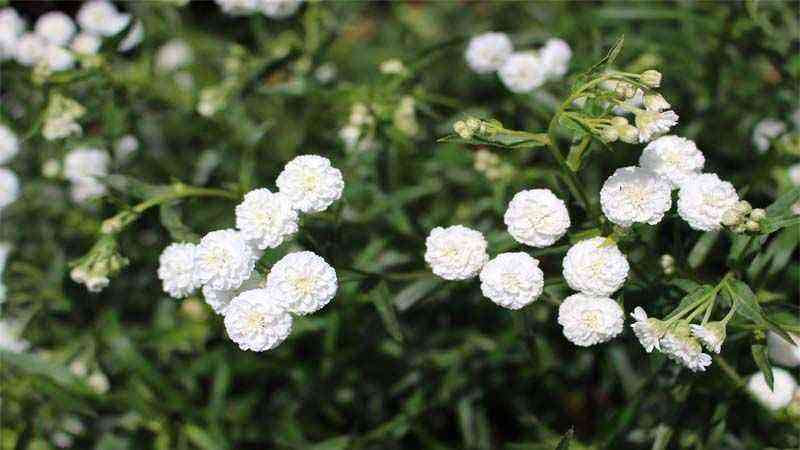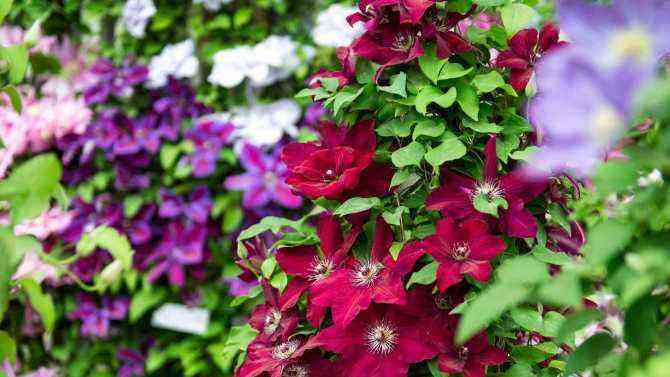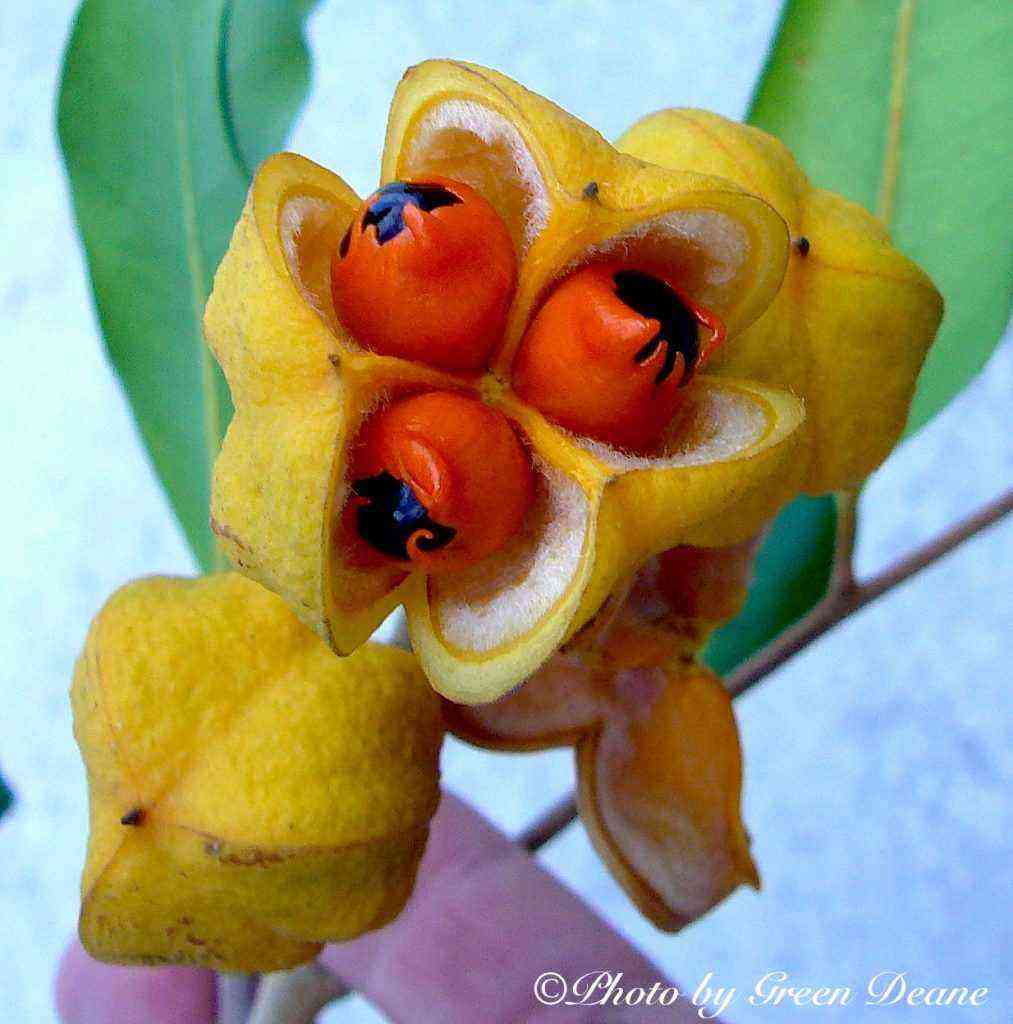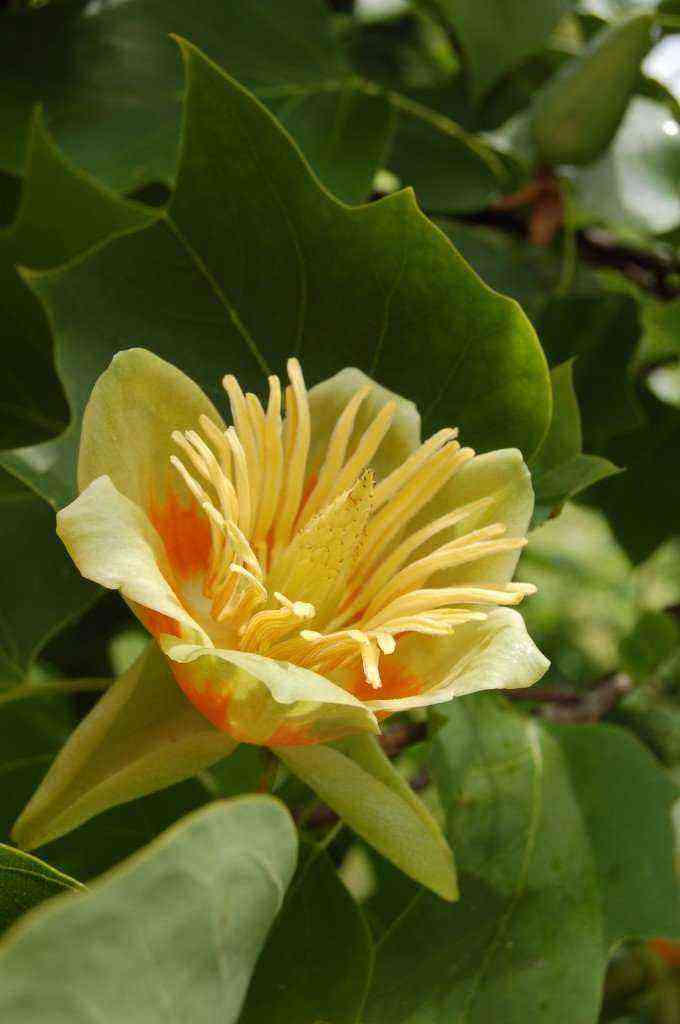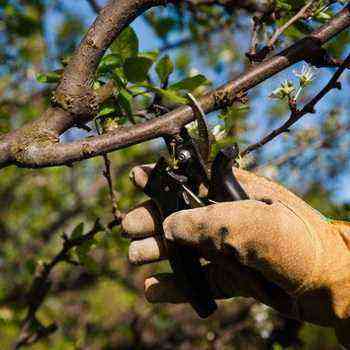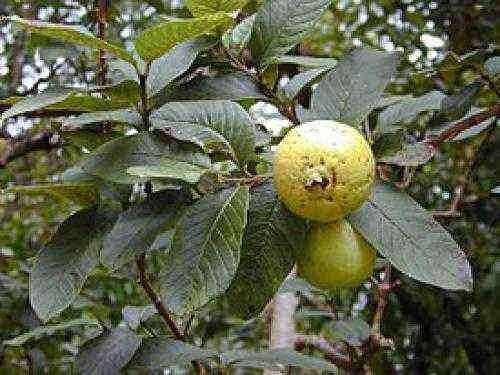Ash trees there are many species, but this time we move away a little from the common and analyze the one known as flower ash or, as it is scientifically known to eliminate any kind of doubt, Fraxinus ornus.
A very interesting tree to grow in gardens and parks due to its large dimensions, its size and its ornamental characteristics. His origin is european, so ash trees are used to continental climates and cold in winter, losing their leaves when temperatures drop (deciduous tree).
Today it is spread almost throughout the entire world, being cultivated in various areas of Asia, the Mediterranean climate, Turkey, Syria, Lebanon and a long etcetera.
Main characteristics of flowering ash (Fraxinus ornus)
The flowering ash, scientifically known as Fraxinus ornus it is a tree of the same genus as the olive grove, Oleaceae, And gender Fraxinus. It is a medium-sized tree, reaching a average height between 8 and 10 meters.
It is a deciduous species, common in trees in cold and continental European areas. The appearance of its leaves is a dark green, almost greyish, with an oval shape and a serrated end. The underside is hairy to the touch.
The most interesting from the ornamental point of view of Fraxinus ornus is, and hence its common name as flower ash, its flowering. Unlike the common ash, it blooms in the form of white inflorescences, with a hairy appearance, very aromatic and with a hermaphrodite morphology.
This flowering occurs in spring, after the leaves leave, approximately in the months of April and May.


Grow Guide Fraxinus ornus
In general, flowering ash follows the same recommendations as other species Fraxinus, especially the common ash. They are weather resistant trees, with a wide range of temperatures and without many requirements for humidity or soil fertility.
We discuss, point by point, each of the most interesting aspects of its cultivation.
Appropriate climate
Fraxinus ornus is one of the species more resistant to cold within its gender. However, in Spain it is common to see specimens throughout the Mediterranean basin and the Ebro valley, so you will not have any problem, even in extremely cold conditions, to plant it in your garden.
Due to its size, it adapts perfectly to conditions of full light or semi shade.
A little bit of humidity, especially in very hot summer climates, where the coastal breeze is appreciated as long as it is not very saline since does not tolerate saline soils.
Soil type
The only requirement for the cultivation of flowering ash is that they be cool soils. This type of soils are characterized by conserving humidity well, being porous and not keeping the temperature much in summer.
In the event that you live in a very hot area in summer, incorporate a surface layer of organic matter allows you to keep the temperature in the environment of your roots isolated, while improving moisture conservation.
You can plant it in limestone or slightly acid soils, regardless of the soil texture.
Irrigation
For the cultivation of Fraxinus ornus a continuous supply of humidity in the soil is necessary, keeping it constant during most of the year. It needs cool and certainly humid soils, which is why it usually grows in environments close to rivers and hillsides.
To maintain humidity and prevent irrigation from drying out, we propose the following recommendations, the most recommended being drip irrigation.
- Watering in autumn and winter: 1 irrigation a week or nothing if there is regular rainfall.
- Watering in spring and summer: 2 to 3 irrigations per week, with a dose of 4 L / tree in adult specimens
Subscriber
The flower ash it is not usually paid, unless you want to promote its development in the first years of life or detect a lack of micronutrients. The most common is iron deficiency, especially in calcareous or high pH soils, where iron becomes insoluble and cannot be assimilated by plant roots.
The most recommended for this tree, especially to maintain a fresh and porous soil, is the regular application of organic matter. We will provide a superficial mulch of 5-10 kg of organic matter around the trunk each year.
If it plants for the first time, performs the same operation but introducing the organic matter in the planting hole.
Pruning
Fraxinus ornus does not require pruning except for the removal of twisted, wind damaged or dry branches.
Multiplication
Reproduction of this tree can be done by seeds or by the classical method of cuttings. Using seeds is complicated since they need a long germination period that can exceed a year.
It is usually done by cutting or stakes, although it is not as simple as with other species. Basal stems are usually used to root them and obtain identical species.
However, the most common form is buying a young species in a specialized nursery, since we advance its development several years and it is not very expensive to obtain.
Common uses of flowering ash
The main current use is as an ornamental tree. Its adaptation conditions to different climatic ranges and its resistance allow it to be used as a large species for parks and gardens.
Usually this species is grafted onto more resistant rootstocks that give a different appearance to the bark of the tree, using the species as a standard. Fraxinus excelsior or common ash.
However, it has had various uses since the Middle Ages and even earlier. Fraxinus ornus produces a sap that contains a lot of sugars and that can be easily extracted from its bark. In Sicily it was common to market this sap transformed to solid and known as manna or Sicilian gum.
This manna or gum is used both for its flavor and for certain medicinal properties awarded. The sap, as with many other plants, has a certain laxative activity and a purgative effect in high doses. In turn, it was considered to have an anti-inflammatory and diuretic effect.
Among the active principles obtained from the sap of Fraxinus ornus there are mannitol (the highest concentration), resins, mannotriose, hexose, exatetrose and coumarin heterosides.
